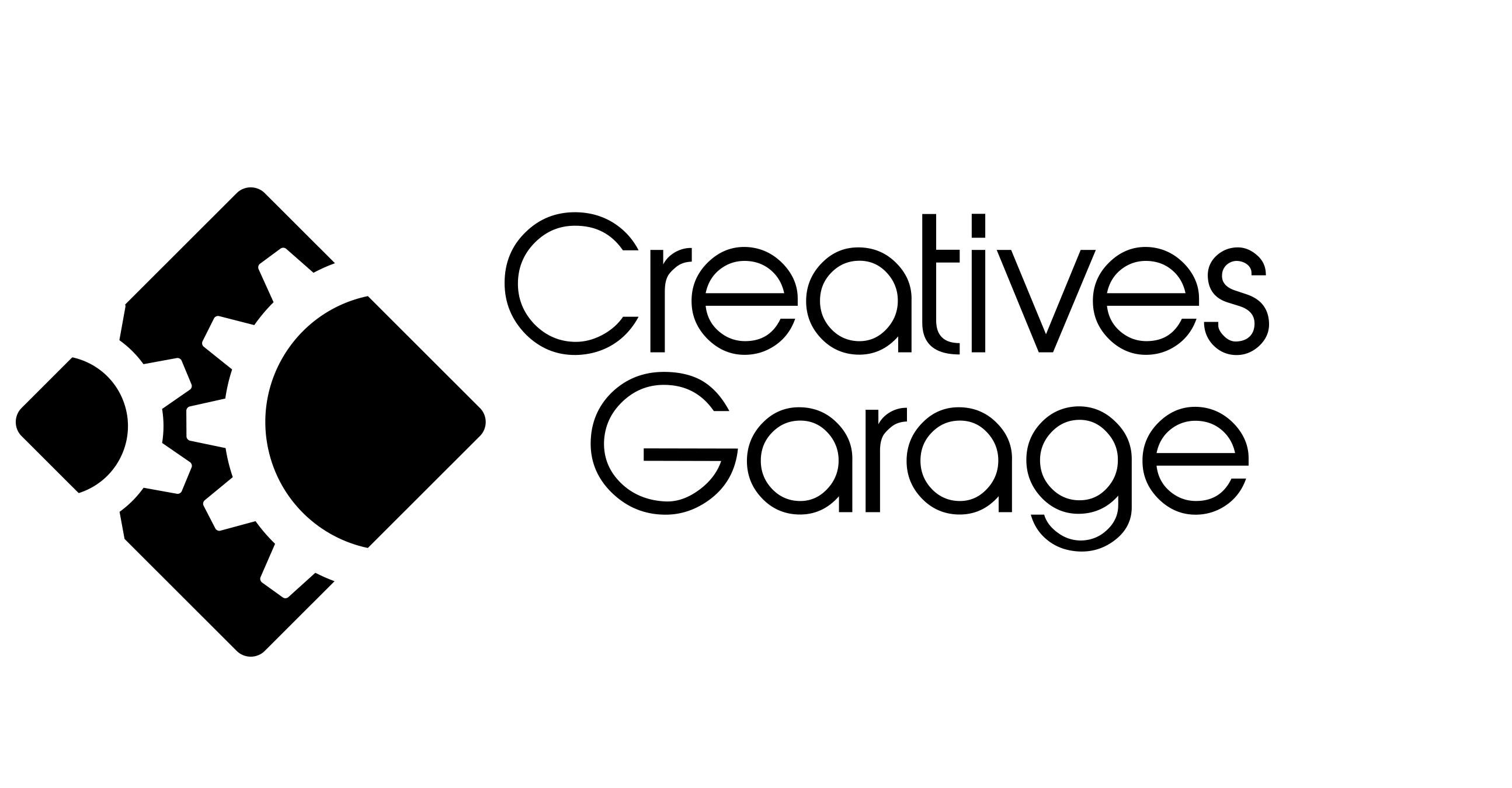For the past 22 years, I have been actively engaged in the creative sector, with 10 of those years dedicated to running an arts organization that has provided support to over 14,000 creatives. Throughout this journey, I have witnessed numerous transformative changes.
My career began as a news editor in a media station, where manual processes were the norm. Back then, watching and editing footage involved juggling and shuttling between tapes. If a video lasted four minutes, you had to sit through the entire duration while copying it to another tape. It was a skill to cut news the old-fashioned way. Working alongside underpaid reporters who felt empowered by receiving brown envelopes from overpaid politicians, we would sit together as they directed me to shuttle or fast-forward the tape, while barking orders, "there... there." I would let that specific part play as I hit the record button on the other player, and upon their command of "Hapo" (meaning stop recording). We would repeat the process for different segments until the reporter had their three-minute story. The tape would then be taken from the editing suite to the studio, queued in (read: copied manually onto the master tape) for the night's broadcast.
After leaving the station, my mother bought me a super VHS camera (if you're unfamiliar, feel free to Google it), which I used until I acquired a Hi8 camera for my pick-up surfing days. This upgrade was necessary because Njoroge, from the wedding committee, believed that 3000 shillings was more than sufficient for a wedding video. To make matters worse, he decided it would be a brilliant idea to stand on a pick-up and film the wedding entourage cruising on Thika road. Despite these hardships, I obtained a PD 175 camera, which fulfilled my aspirations of creating more professional-looking wedding videos. Years passed, technologies came and went, some successful and others not (blue-ray cough!), and now we find ourselves using cameras that cost as much as German cars, capable of capturing resolutions that capture one's soul.
Computers followed a similar trajectory. I started with 3.5-inch floppy disks, progressed to laptops that weighed as much as a grown man, and now utilize featherweight laptops. Mobile phones in the early 2000s could have doubled as weapons of war, but today we carry phones that possess both calling capabilities and high-quality cameras (commonly known as smartphones).
During my tenure of managing an arts organization, I have had to hire individuals for various tasks, such as website development, proposal writing, graphic design, motion graphics, film crews, film editors, among others. However, thanks to advancements in technology, I can now rely on Chat GPT to replace the need for a writer, utilize apps to create websites, leverage Canva for design work, employ phone apps to generate motion graphics, record high-quality videos using my phone, edit videos with AI functionality offered by Adobe, use Mid journey for illustrations, Heck! I can create music tracks, record, master and distribute music all from an App on my phone.
Many content creators are now capable of fulfilling multiple roles without the need to spend exorbitant amounts of money on hiring numerous individuals. Is this beneficial for the creative industry? Does it signify the demise of the creative sector? Far from it, in my opinion. I believe the future lies in creativity itself. We must constantly embrace the need to be creative, adapt how we work, and build upon existing platforms.
To thrive in the future, we need to consistently think, rethink, experiment, fail, and rebuild ourselves. The future appears exhilarating, and I am thrilled to be part of the emergence of new and innovative ways of working.
Written by Thayù
